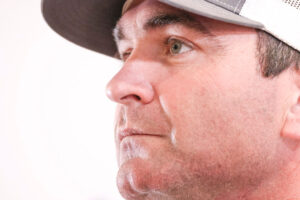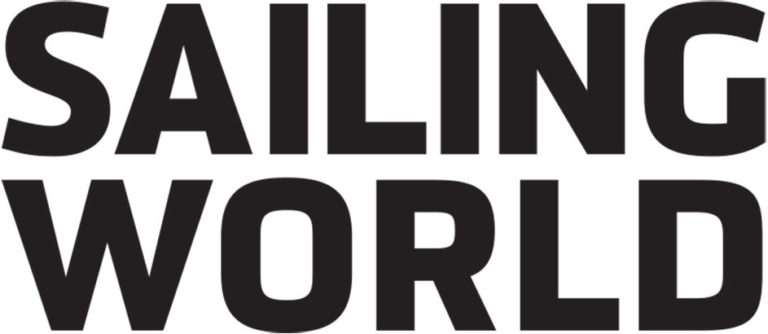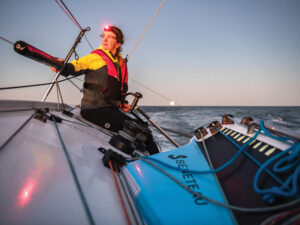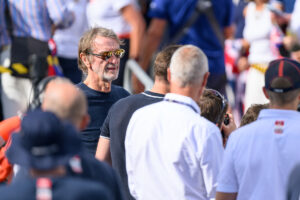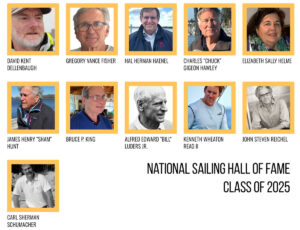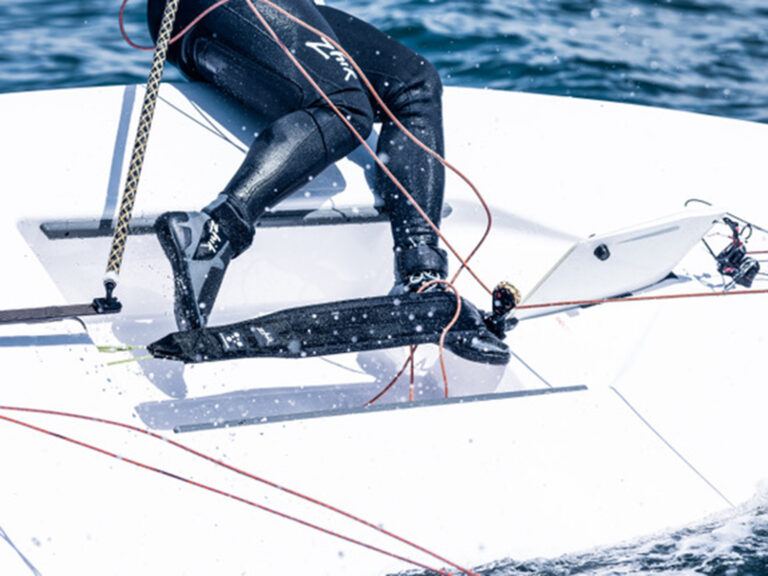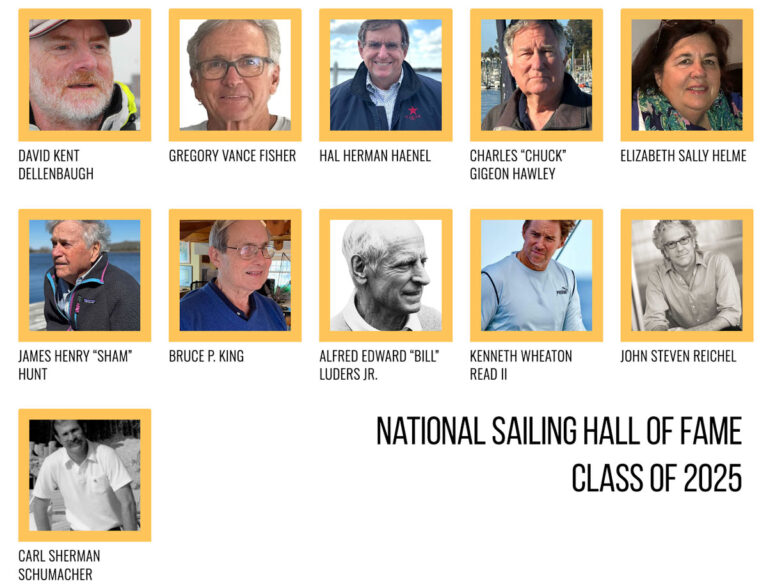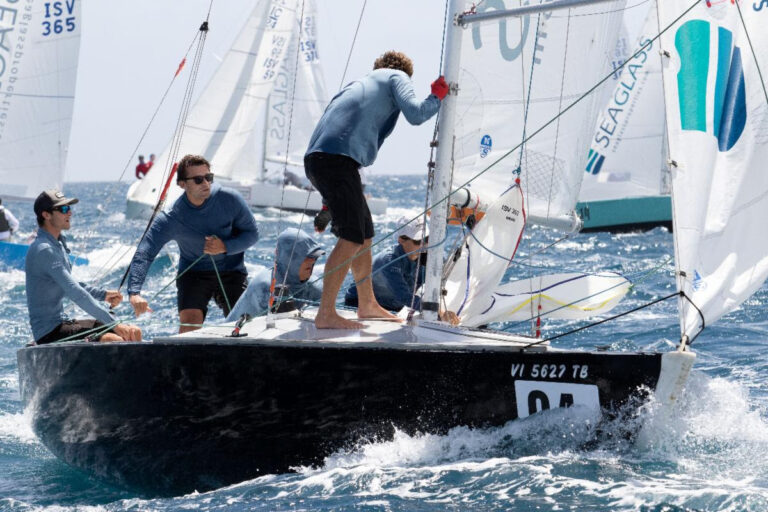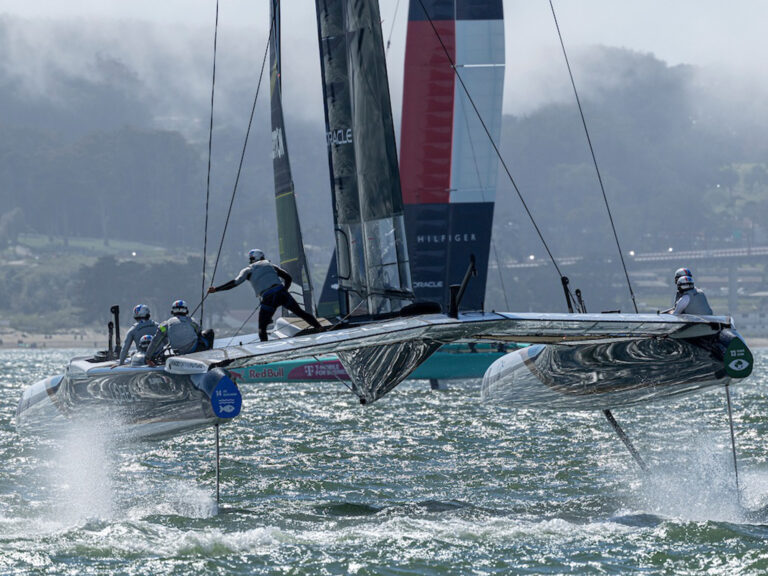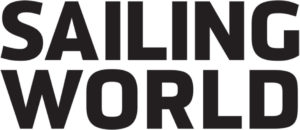Owners with big race boats want to compete just like everybody else. This issue’s feature by Associate Editor Tony Bessinger spotlights how they did it at the 2003 Terra Nova Trading Key West Race Week (“Island of Misfit Toys,” p. 36). Ultralight sleds and brand-new Transpac 52s, last-generation IMS 50s and one-designs, luxury semi-production boats, and a couple round-the-world racers-all came together to race under PHRF. The beauty of PHRF is that almost any type of boat can line up for a race. But it’s not the championship-level competition that big-boat sailors ought to find at Key West. I wrote an editorial last year saying it was time to choose your next handicap rule (Dec.’01/Jan. ’02). I credited PHRF for serving the needs of recreational racers and suggested that to keep PHRF healthy and low key, we needed a mid-level rule to meet the expectations of serious amateurs. I also said we needed an international development rule to keep the intense professional-level racing programs from mucking about in the middle range. The good news in the last 15 months is that some of the big clubs in the United States have made a choice-US SAILING’s Americap rule. It hasn’t performed perfectly-problems at St. Francis YC’s Rolex Big Boat Series included a badly rated boat (a Schock 40 with canting ballast keel) and too broad a rating spread within classes. But local usage in San Francisco and in New York YC’s regattas produced results that many competitors thought were fair. Next summer, the Blue Water Sailing Club will continue its long-standing use of Americap in its cruising race to Bermuda, and the Chicago YC will rate its Chicago-Mac fleet under Americap for the first time. There will likely be more than 500 Americap certificates issued by year’s end, close to double the number of IMS certificates. The bad news is that little progress has been made toward a high-end rule, which could put unrealistic expectations on Americap if, as IMS fades, it becomes our most sophisticated rule. Its measurement and scoring systems have been simplified compared to IMS, which can reduce accuracy. And, like IMS, the rule is based on a velocity prediction program, which can never be 100-percent on the money. Of course, Americap’s simplicities are intentional, to make it easier and cheaper to get a rating and so racers can tell who’s ahead during a race. And to try to maintain fair ratings, US SAILING keeps the VPP secret from designers and doesn’t allow them to run experimental certificates to try to optimize a boat’s rating. US SAILING can also update the rule every six months to slow down a rule beater. But time is short for developing a new grand-prix rule. Without it, boats such as the “Misfits” of Key West will start using Americap as it gains acceptance. In a couple of years, competition will start ramping up, with pro-level programs building new boats. That’s when the trouble will inevitably start. Last fall an international group including RORC, US SAILING, and ORC reps agreed to consider a new grand-prix rule. The committee has barely gotten started, but at least both sides of the Atlantic seem to agree that it’s time to make another choice.
